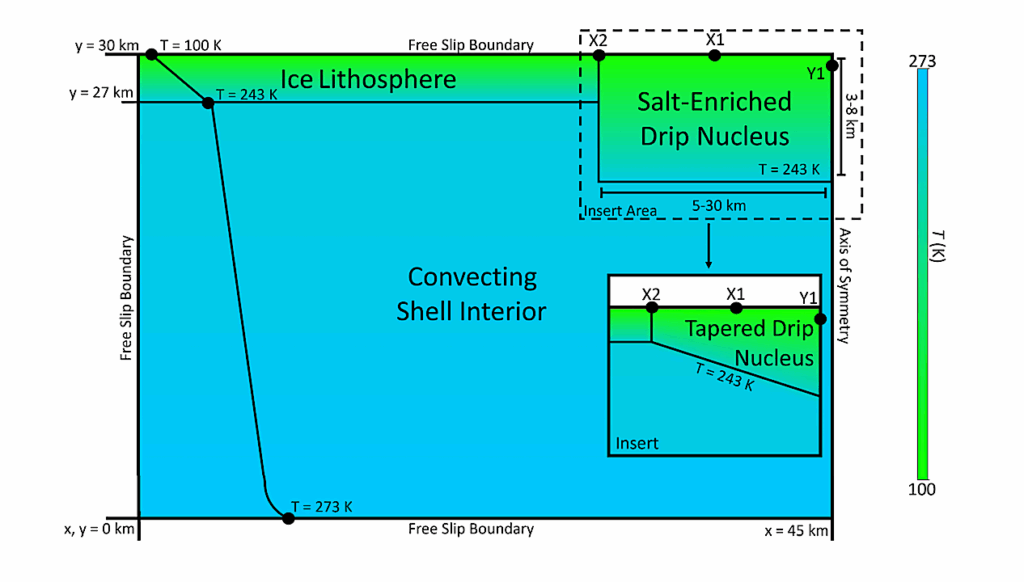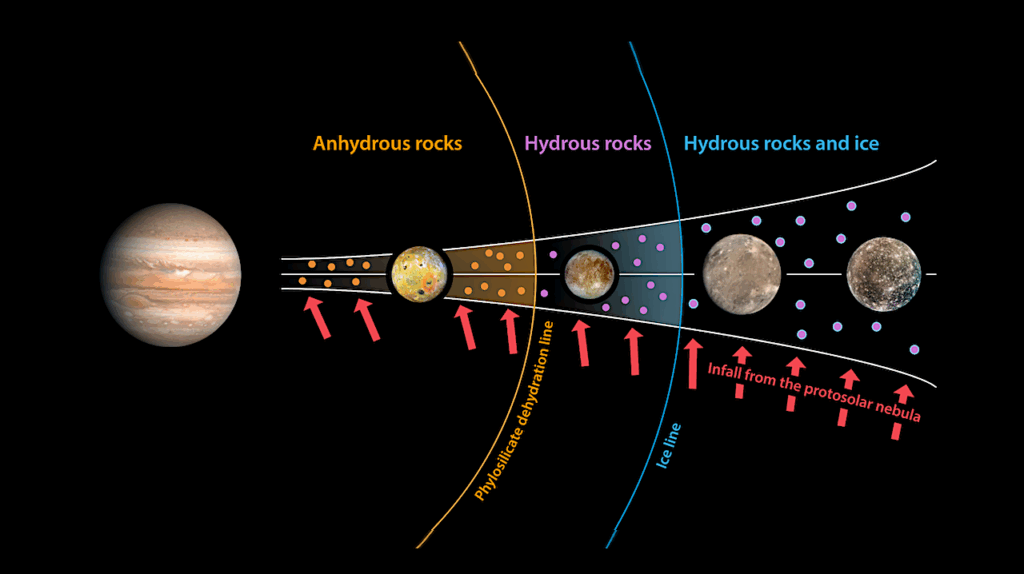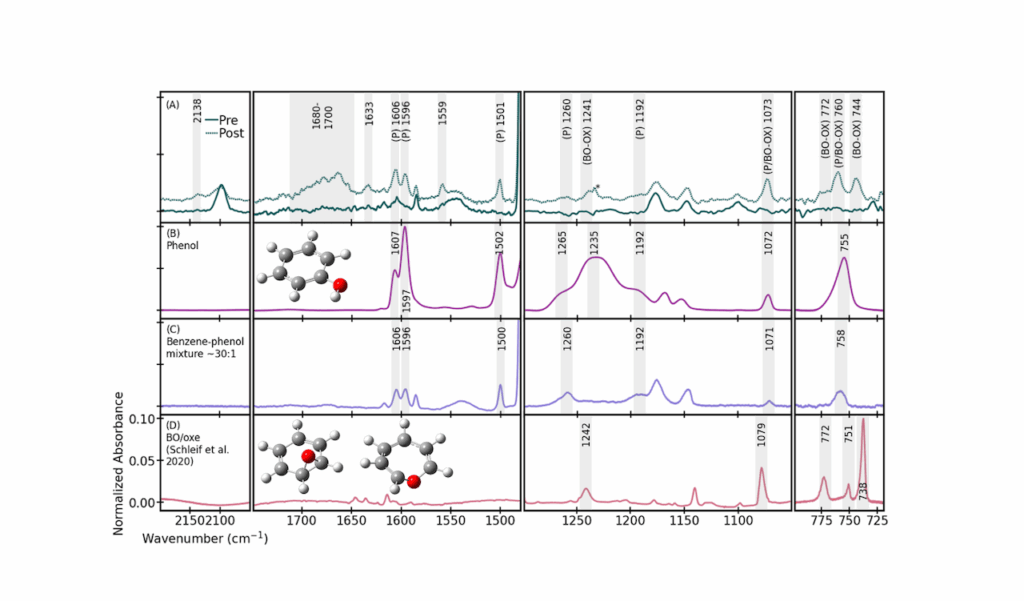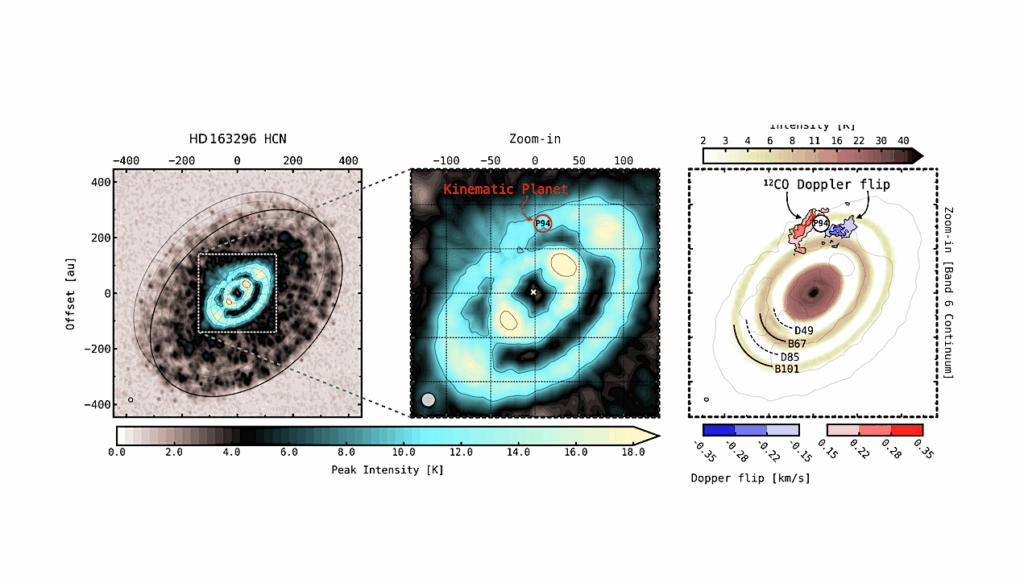Extended Habitability Of Exoplanets Due To Subglacial Water

Considering subglacial liquid water, a significant extension of the classical Habitable Zone is obtained. Elaborating on the model of Wandel (2023) it is shown how an atmosphere and liquid water could survive on tidally locked planets closely orbiting an M-dwarf host, extending the Habitable Zone boundary inwards.
In addition, subglacial liquid water could extend the Habitable Zone beyond the outer boundary of the conservative Habitable Zone as well. These two results enhance the circumstellar region with a potential for liquid water well beyond the conservative boundaries of the classical Habitable Zone.
It is argued that the probable recent JWST detection of atmospheric water vapor on the rocky Earth-sized exoplanet GJ 486 b, along with earlier detections of water on other planets orbiting M-dwarf stars gives an empirical answer to the much-argued question, of whether such planets can support liquid water, organic chemistry and eventually life.
It is shown how water on terrestrial planets closely orbiting M-dwarf stars may sustain in a subglacial melting layer. Finally, the model is applied to a few exoplanets demonstrating how water detection may constrain their atmospheric properties.
Amri Wandel
Comments: 9 pages, 2 figures, accepted for publication in the Astronomical Journal
Subjects: Earth and Planetary Astrophysics (astro-ph.EP)
Cite as: arXiv:2310.02452 [astro-ph.EP] (or arXiv:2310.02452v1 [astro-ph.EP] for this version)
Submission history
From: Amri Wandel
[v1] Tue, 3 Oct 2023 21:41:37 UTC (1,270 KB)
https://arxiv.org/abs/2310.02452
Astrobiology








